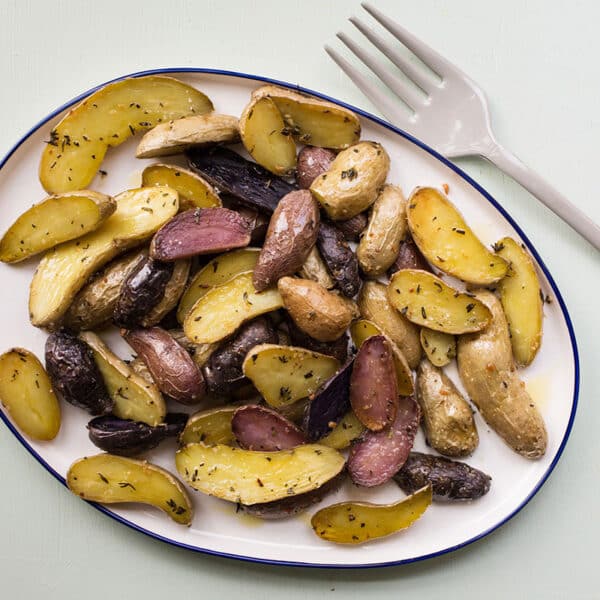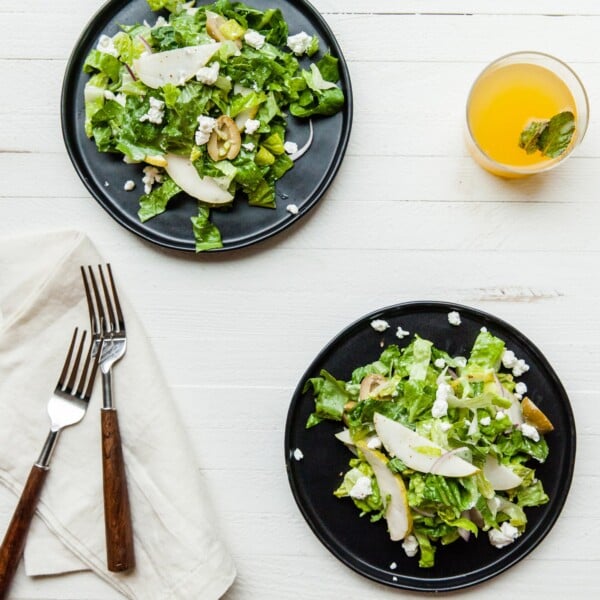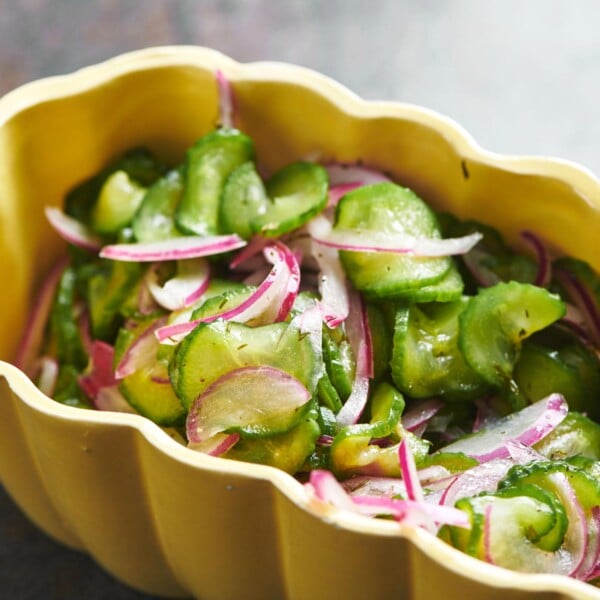How to Cook Duck Breast
Updated Dec 12, 2025
This post may contain affiliate links. Please read our disclosure policy.
Cooking duck breast at home is so much easier than it sounds. With just salt, pepper, and a good skillet, you can get that perfect balance of golden, crispy skin and tender, juicy meat. Start in a cold pan, render the fat slowly, and finish with a quick sear. The result: a restaurant-level meal in under 20 minutes. Don’t forget to save that duck fat for roasted potatoes!

Love seared duck breast, but feel scared to cook it at home? No worries – it’s incredibly easy and you can absolutely nail it in your own kitchen. The trick is all in the technique: score the skin so the fat renders out, start the duck in a cold skillet, and let it sizzle until the skin turns perfectly golden and crispy. You’ll get juicy, flavorful meat that slices beautifully and will impress everyone, even though it takes only about 15 minutes to make!
You don’t need fancy ingredients – just salt, pepper, and a good pan. Once you cook your duck breasts, slice them thinly for maximum wow-factor. And, maybe even try my quick sour cherry sauce for a fun twist. And please, whatever you do, don’t toss that rendered duck fat! Use it for roasted potatoes that’ll blow you away. This is the kind of easy, elegant dinner that you’ll want to make again and again – trust me!
Serve duck breast with roasted potatoes or mashed potatoes and a simple salad, maybe Salad with Mustard Vinaigrette.
By signing up, you agree to our Privacy Policy.
What's In This Post?

The Flavor and Texture of Duck Breast
Duck breast is one of those meats that straddles the line between poultry and red meat in the most delicious way. The flavor is rich and slightly sweet, with just a hint of gaminess – enough to make it interesting, but not so much that it feels overwhelming. If you love dark meat chicken, duck meat will feel right at home on your plate, and it’s a sure bet for steak-lovers.
Thanks to its higher fat content, the texture is juicy and luxurious, with a firm yet tender bite. When cooked properly, the fat renders out, basting the meat and giving each slice that almost melt-in-your-mouth quality. It’s this balance of richness and succulence that makes duck breast pair so well with sauces that are on the fruity, acidic, or smoky side (like the optional cherry sauce below!).
What You Need to Know About Cooking Duck Breast
Depending on the variety of duck, an entire breast can weigh anywhere from 12 to 20 ounces (whole). You’re most likely to find whole duck breasts in the 12-ounce range, meaning each breast will weigh about 6 ounces, which is a very good portion size for one person.
Duck breast meat is flavorful and firm, and most people agree that it is at its best when cooked to medium rare, which is 130°F on an instant-read thermometer. The FDA recommends that all poultry be cooked to at least 160 degrees, but, similar to a good steak, most diners enjoy it medium to medium-rare.
The total time it takes to cook the average-sized duck breast is about 14 to 17 minutes. You should cook the duck breast longer on the skin side than the meat side to achieve the perfect crispy skin and the ideal medium to medium-rare interior. You may bave heard of the 90/10 rule, which means that duck breast should be cooked for about 90% of the time on the skin side so it crisps up, and only 10% on the meat side. This gets you to medium-rare duck with a crispy skin.
Always start skin side down in a cold skillet and slowly raise the heat to medium to render more fat and achieve the crispiest skin.
Duck breast has a rich, sweet flavor with a mild gamey undertone. It’s often compared to red meat vs. chicken; heartier and more robust in taste.

Why score duck skin?
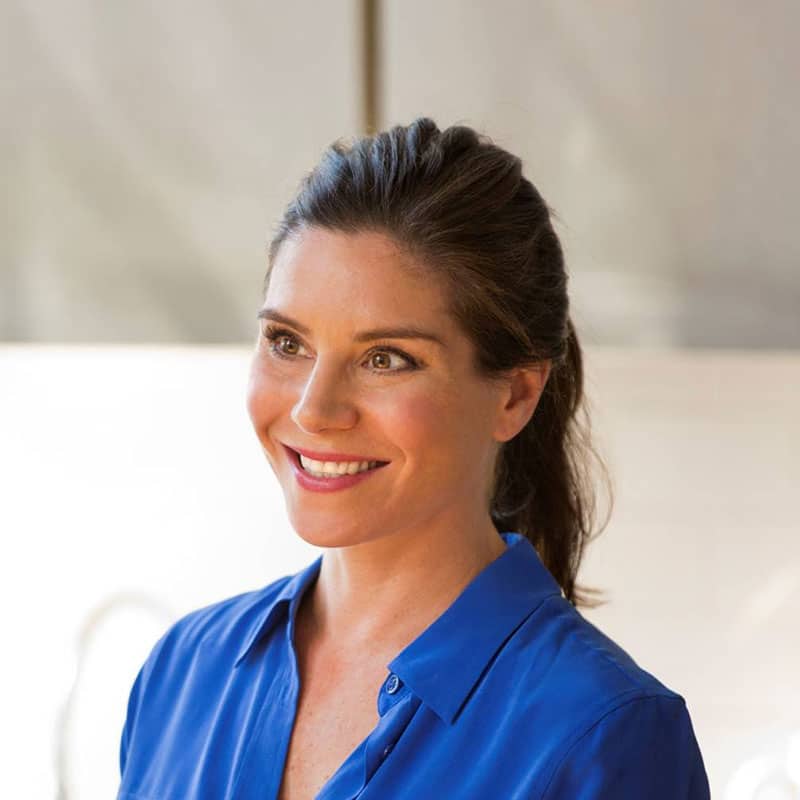
Scoring (or cutting into or cross-hatching) the skin of duck breasts allows it to cook up nice and crispy, with none of that unpleasant chewiness. This is because cutting into the skin allows the fat to render more easily. Rendering means that the skin is slowly heated, which encourages the fat to melt and any water to evaporate, resulting in crisp, crackling skin.
With a sharp knife, trim off any excess or overhanging skin from the edges of the duck breast. It’s fine if the skin ends up a bit smaller than the surface of the top of the duck breast.
How to Cook Duck Breasts
- Score the duck breast: Use your knife to score the skin of each duck breast, with each cut about 1/2 inch apart, creating a diamond pattern. Do not cut through the fat into the flesh; stop once you’ve cut through the skin into the layer of fat beneath. Season the duck on both sides with salt and pepper.

- Cook the skin side: Place the duck skin side down into a cold skillet. Place the skillet over medium heat. Cook, without moving the duck breasts, until much of the fat has rendered out, and the skin is crispy and browned. This will take about 12 minutes.
- Remove the fat: After about 5 minutes, pour off the rendered fat from the pan. The breasts will shrink up a bit as they cook. Watch that the heat doesn’t get too high — you want the skin to brown slowly and consistently.
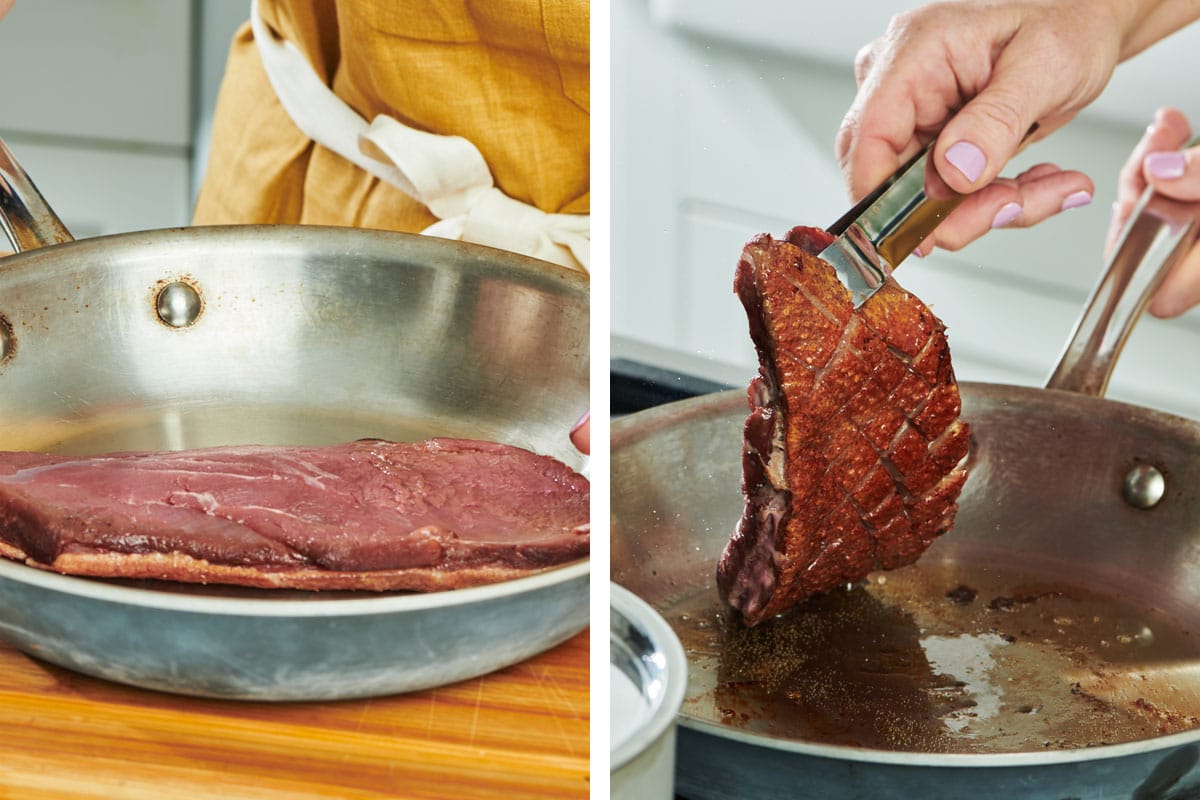
- Cook the other side: Flip the duck and continue to cook for about 2 minutes for medium-rare (an internal temperature of 130°F), or until the duck is cooked to your liking. Keep in mind that the duck will continue to cook a bit after it is removed from the heat.

- Let the duck rest: Remove the duck from the pan and let it sit skin side up on a cutting board for 5 more minutes.
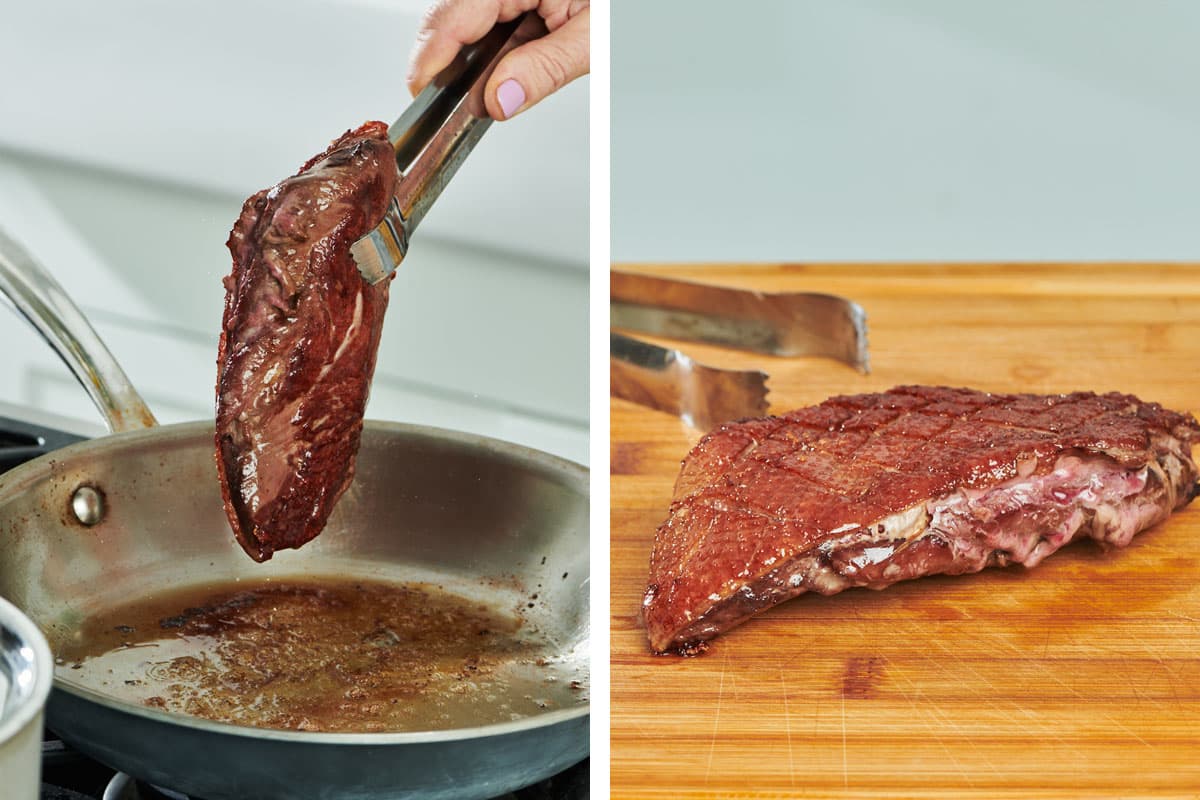
- Serve: You can serve the duck breasts whole, or slice each breast crosswise on the diagonal about 1/2 inch thick. Fan the slices out a bit on the plate, and serve.

Storage and Leftovers
Duck breast is best fresh, but you can re-crisp the skin in a pan of medium-high heat. If you remove the skin, enjoy the leftover meat chilled or reheated gently.
Save it! Duck fat is gold for roasting- especially potatoes- or as a flavor-packed oil substitute.
Pro Tips for Cooking Duck Breasts
- According to The Cook’s Illustrated Complete Book of Poultry, cooking duck at a too-low temperature will prevent the skin from browning properly. The same is true of indirect heat; you need direct heat that builds from low to high to get the crispiest skin.
- Cook the duck longer on the skin side, which allows the skin to get crispy. This extra cooking time on the skin side renders more fat, and the skin protects the meat from drying out.
- Start duck breasts in a cold pan. Raise the heat slowly to medium-high to render the fat. Pour off the accumulated released fat midway through the cooking.
- Once the fat cooks out, the skin will crisp up beautifully, and the meat will be tender and juicy. Duck is best cooked to medium-rare, and then thinly sliced, like a great steak.
- Let the duck breast rest for a few minutes before slicing and serving. Like most meat, you want to allow the duck to sit and reabsorb its juices while it reaches its perfect internal temperature.
- Serve duck can be served warm or at room temperature. Once any leftover duck is refrigerated, the skin will lose its crispness. You can re-crisp the skin by heating the breasts skin-side down in a pan over medium-high heat. Or, remove the skin, and just enjoy the leftover duck meat.
- Save the duck fat for roasting, using it instead of oil. Potatoes roasted in duck fat are particularly fantastic.
Kitchen Smarts
The flavor of duck meat is very rich, and so the meat itself needs very little seasoning. This is not to say you can’t season your duck with various spices — just give a plain duck breast a go first to enjoy the deep flavor of the meat on its own. And you definitely will want to give the sour cherry sauce variation a try. You can make the 3-ingredient sauce in a few minutes while the duck breasts rest.
What to Serve With Duck Breast
Pin this now to find it later
Pin It
Easy Pan-Seared Duck Breast – Crispy and Tender
Ingredients
- 2 boneless duck breasts (about 6 ounces each)
- Kosher salt and freshly ground black pepper (to taste)
Instructions
- Use a sharp knife to score the skin of each duck breast, with each cut about 1/2 inch apart, creating a diamond pattern. Do not cut through the fat into the flesh; stop once you’ve cut through the skin into the layer of fat beneath.
- Season the duck with salt and pepper on both sides. Place the duck skin side down into a cold skillet. Place the skillet over medium heat. Cook, without moving the duck breasts, until much of the fat has rendered out, and the skin is crispy and browned, about 12 minutes in all. After about 5 minutes, pour off the fat that has rendered into the pan. The breasts will shrink up a bit as they cook. Watch that the heat doesn’t get too high — you want the skin to brown slowly and consistently.
- Flip the duck and continue to cook for about 2 to 3 minutes for medium-rare (an internal temperature of 130 degrees), or until the duck is cooked to your liking. Keep in mind that the duck will continue to cook a bit after it is removed from the heat. Remove the duck from the pan and let sit skin side up on a plate or cutting board for 5 more minutes. You can serve the duck breasts whole, or slice each breast crosswise on the diagonal about 1/2 inch thick. Fan the slices out a bit on the plate, and serve.
